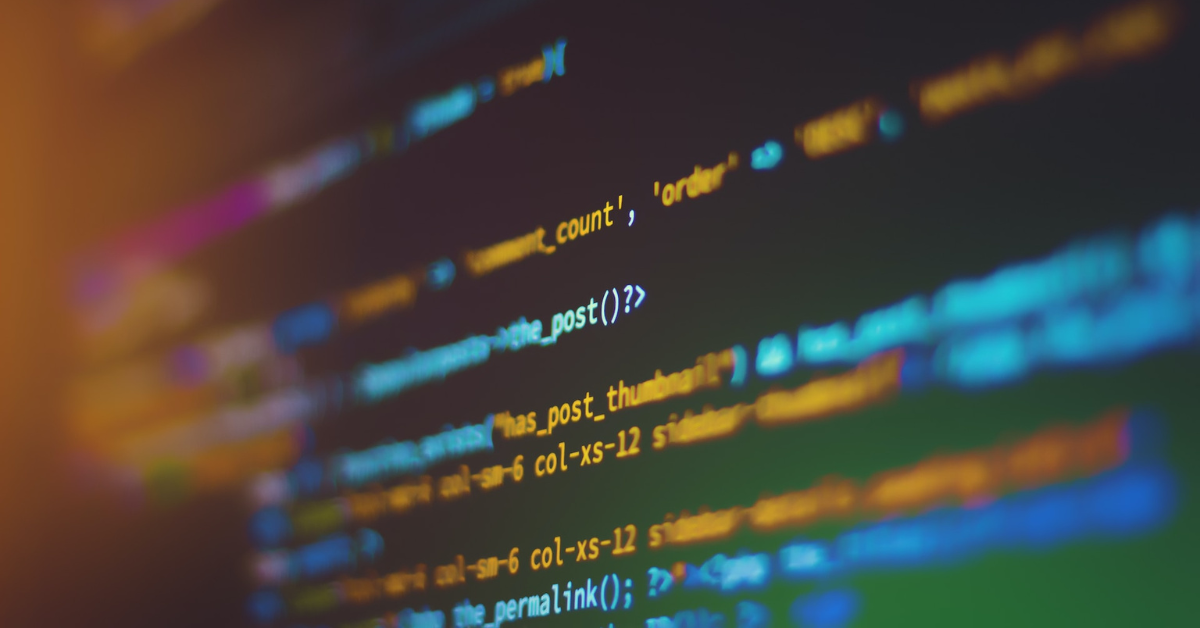
Is it OK for the largest AI platforms to be closed and private? Or should they all be open and transparent?
Why should you care?
Because AI has the power to completely transform every industry, drive a new world order, and create the next dozen trillionaires. It’s the single most important tool we’ve ever created to solve the world’s biggest problems.
Should that power to be concentrated in the hands of a few corporations, or should it be democratized and accessible for more people around the world?
I recently explored this question with Emad Mostaque, CEO of Stability AI, one of the leading AI companies in the world. Emad made a conscious choice to make Stability AI an open platform that harnesses the technology to create a more abundant future for everyone. AI by the people, for the people.
Emad sees AI as “infrastructure for the next generation of human thought… it should be a commons that is accessible to everyone.”
I agree.
In today’s blog, I’ll summarize my discussion with Emad about open versus closed AI systems and explore why open-source and transparent AI is the best path for using the technology to uplift humanity.
Let’s dive in…
What Exactly Is Open Source vs. Closed Software?
Generally speaking, software can be categorized into two types: open source and closed source, also known as proprietary software.
Open-source software’s code is available to everyone to inspect, modify, and enhance. This encourages collaboration, with developers across the globe contributing to the software’s evolution and refinement. Popular examples include the Linux operating system and the Apache HTTP Server, which powers roughly 25% of the world’s websites.
On the other hand, closed or proprietary software is owned by a company, an individual, or an entity that holds exclusive legal rights. The source code isn’t shared with the public for viewing or modification. Examples include Adobe Photoshop and Microsoft Windows.
In the world of AI, perhaps the most popular current debate about the merits of open versus closed systems involves OpenAI, creator of ChatGPT and other generative AI tools.
In 2015, Elon Musk, Sam Altman, and others founded OpenAI as truly open with a mission to help guide the development of AI for humanity’s benefit.
OpenAI began as a non-profit, and as a co-founder, Elon donated $100 million into the organization. Although OpenAI initially vowed to share its underlying code with the world, it has since turned from a non-profit into a for-profit corporation and is anything but open.
Elon has cut ties with OpenAI and has announced a new AI company (X.ai) to rival it.
As Elon tweeted back in February:
“OpenAI was created as an open source (which is why I named it ‘Open’ AI), non-profit company to serve as a counterweight to Google, but now it has become a closed source, maximum-profit company effectively controlled by Microsoft... Not what I intended at all.”
Yet even as this particular debate over OpenAI rages on, there is increasing evidence that open AI systems are the future…
The Growing Influence of Open-Source AI
Emad is leading the charge for open-source AI with Stability AI, which has a community of open-source research hubs with over 140,000 members globally—all working together to build the future of AI.
The company’s open-source text-to-image generator Stable Diffusion “broke the internet” when it was launched last August and set off a wave of open-source development. As Emad points out, Stable Diffusion overtook both Bitcoin and Ethereum in developer popularity in just 3 months and went on to earn 50,000 GitHub stars in only 150 days.
Cumulatively, the whole ecosystem around Stable Diffusion has even overtaken Linux. What took 20 years, Stability AI and Stable Diffusion accomplished in just 5 months.
How did Stable Diffusion achieve such reach so quickly?
As Emad puts it, “Because we gave it to everyone, and it runs on your MacBook or your iPhone without internet.”
This set Stable Diffusion on a different path from closed OpenAI’s Dall-E image generator. Stable Diffusion’s open model encouraged integrations, marketplaces, and user interfaces that simply didn’t happen for Dall-E.
And Stable Diffusion is just one Stability AI’s products. The company and its global community have launched several other projects: from EleutherAI, which has an open-source version of GPT-3 that has been downloaded 25 million times; to Harmonai’s Dance Diffusion, the most advanced audio model in the world.
Some AI experts are saying that we’re now experiencing a “Stable Diffusion moment” for large language models (LLMs) themselves, with a flurry of open-source models released in recent months.
Here are just a few examples:
-
In March, a cross-university collaboration released Vicuna, a 13-billion parameter model that “achieves parity” with Google’s Bard, and cost just $300 to train.
-
Last month, Berkeley launched Koala, an open version of ChatGPT. The model cost $100 to train and studies suggest that real people can’t tell the difference between Koala’s open model and ChatGPT.
-
Also in April, Stability AI launched its own open-source LLM with 3 to 7 billion parameters, with plans to reach 15 to 65 billion parameters soon.
All these developments are throwing into the question the merits of closed LLMs.
Just last week, an anonymous researcher at Google leaked an internal document saying, “We have no moat, and neither does OpenAI.”
As the author of the memo points out:
“Open-source models are faster, more customizable, more private, and pound-for-pound more capable. They are doing things with $100 and 13B params that we struggle with at $10M and 540B. And they are doing so in weeks, not months.”
So, what are the real-world implications of increasingly dominant open-source AI systems?
Open-Source AI Systems and Abundance
Open-source AI made available to everyone effectively has the potential to make all of us the equivalent of millionaires and billionaires, when you can create whatever you want.
You can access the world’s best education for your child, regardless of where you live and how much money you have. You can get the best healthcare available, and have customized entertainment.
We’re creating a world in which the cost of anything will essentially be merely the raw materials and electricity.
For Emad, it all comes down to information being in the right place at the right time to create the maximum possible impact:
“When we create an open architecture for the world, then we can augment and replace our existing systems.”
Take education. Say you go to an African nation and teach every child with a personalized and effective AI tutor. As Emad notes, “within a few years they will be outcompeting children at the top schools in New York City.”
Now, what if you give those same African children the ability to then code the AI system and improve it?
It becomes a virtuous cycle: the kids are helping to train the AI and the AI is helping to train the kids. And you make this process open and transplantable.
Emad’s ideal view of the future of open AI systems is what he calls “an intelligent internet.” Each person, country, and company has their own AI models, and they're all interacting with each other in an optimal way for humanity.
“Humans coming together to solve the world's problems augmented by technology.”
Why This Matters
Emad and I share a common belief that people are fundamentally good.
And if you believe that humans are good at their base, and you’re enabling them with increasingly powerful technology, you also believe that they will use that technology to make the world a better place and solve problems for the whole.
Open and transparent AI systems can help us create this future. They offer us an opportunity to give every man, woman, and child access not only to food, water, effective healthcare, and education, but also agency—the ability to dream and the tools to fulfill those dreams.
In our next blog in this AI Series, I’ll share a summary of Mo Gawdat’s fantastic book Scary Smart and explore the notion that we are birthing a new species of intelligence, namely AI.
As its parents, we need to actively decide what type of child we want to bring into this world.
The future of business is rapidly evolving, and AI is becoming the deciding factor for success.
Here's how Peter puts it:
"By the end of this decade there are going to be two kinds of companies: those that are fully utilizing AI and those that are out of business.”
We're hosting a 4-hour Workshop exclusively for the Abundance360 community on how to harness the power of AI and 10X your business. If you're an entrepreneur, investor, or executive driven to make a positive impact on the world, this Workshop is designed for you.
Here's what we'll cover:
- Demystifying AI: Understanding its core concepts and applications
- AI integration: Practical strategies for incorporating AI into your business operations
- Future-proofing: Preparing your organization for the AI-driven future
NOTE: This workshop is exclusively for members of Abundance360. In order to attend, you will need to apply to become an Abundance360 member.
To join us and access the benefits of the Abundance360 community (including quarterly workshops like these), submit your application here.
This workshop will be held on Tuesday, May 23rd & Wednesday, May 24th.
We look forward to seeing you there!
I discuss topics just like this on my podcast. Here’s a conversation I recently enjoyed:
Peter's Pick:
Your diet is critical to your longevity. I'm super careful about what I eat, but throughout the day when I need energy and I'm looking for a snack, one of my favorite options is macadamia nuts. I get mine from House of Macadamias: they offer the best macadamia nuts in the world, sourced sustainably from South Africa.
If you want to try House of Macadamias' products for yourself, you can get 20% off your first order by using the code PETER20 at checkout.









